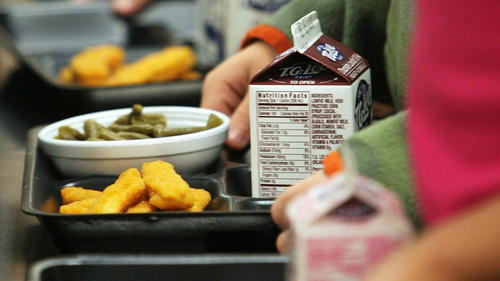Artificial food coloring makes your foods more appealing and desirable. While the safety of these dyes has been called into question, the U.S. Food and Drug Administration maintains that the artificial food coloring currently permitted for use meet strict safety requirements. Consumer advocacy groups and recent scientific research, however, have linked these food dyes to a number of potential health problems, most notably certain types of cancer in animals and attention-deficit disorder and hyperactivity in children.
by Aaron Dykes and Melissa Melton
If they can use real food for colors instead, why are so many U.S. products laced with risky ingredients banned around the world?
We were confronted with a neon–colored popsicle that seemed like a young kid’s dream and a parent’s nightmare – that is, until we realized that unlike most of its peers on the junk food market, this sugary treat DOES NOT use artificial color dyes – which have been banned in Europe and most of the world due to their proven links to hyperactivity and cancer.
It just begs the question: why do so many foods sold in the U.S. use artificial dyes like Blue #1, Blue #2, Red #3, Red #40, Yellow #5 and Yellow #6 when their potential harm has been demonstrated in countless studies and real food alternatives – like the turmeric and beet extracts used in this frozen desert – could …
Make sure to read the rest of the article Source.





Leave a Reply